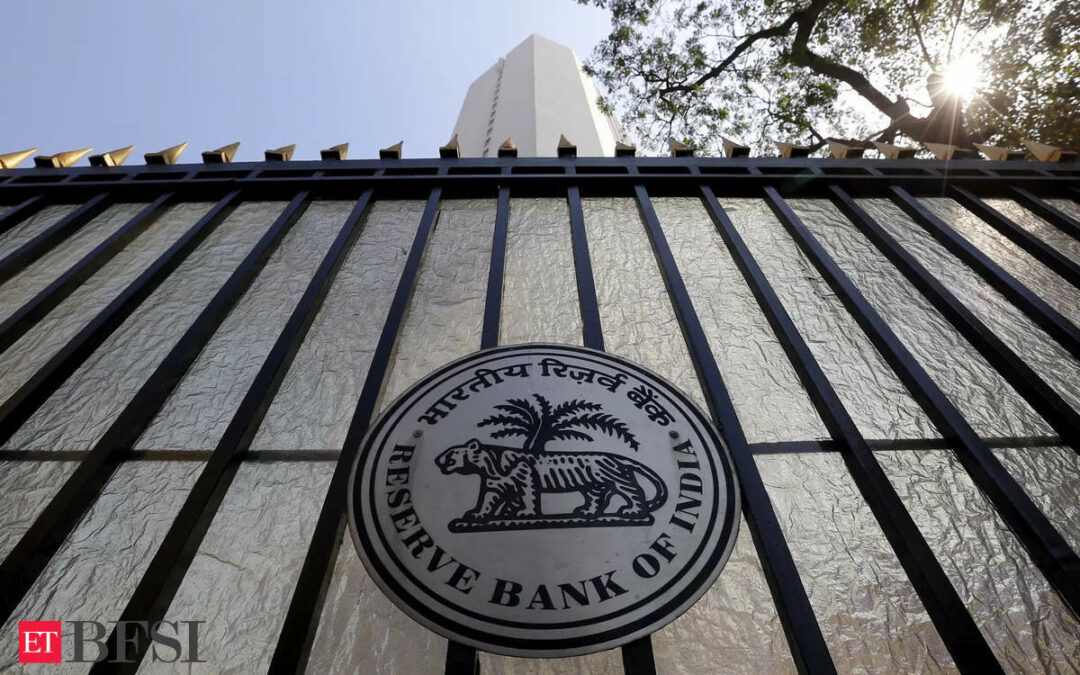A consensus appears to be emerging among the external members of the Reserve Bank of India’s monetary policy committee that high interest rates are damaging to economic growth, a sign that the debate over the timing of any easing is intensifying.
Jayanth Rama Varma and Ashima Goyal voted at the June meeting for a rate cut, arguing that too restrictive policy will hurt growth, recent minutes showed. Shashanka Bhide, the third external official on the six-member committee, voted against easing, but in an emailed response to questions, he acknowledged that inflation-adjusted rates above 1.5% “is not supportive of higher growth.” India’s real, or inflation-adjusted, rate is currently at 1.75%.
Bhide still advocated for caution, though, saying rapid economic growth and inflation can be “sub-optimal.”
The rest of the monetary policy committee is made up of RBI officials, who have stuck to their relatively hawkish stance on inflation, including Governor Shaktikanta Das. Any “hasty action” will do more harm than good, Das argued at the last MPC meeting, according to the minutes.
The split in the views show a widening gap between the external and internal members on how to balance economic growth and inflation. The committee has kept the benchmark repurchase rate unchanged at 6.5% for more than a year now, with inflation still hovering above the RBI’s 4% target.
Madhavi Arora, lead economist at Emkay Global Financial Services Ltd., said it’s unclear if the differences in views means any rate action will follow in coming months. She predicted the RBI likely won’t ease until after the Federal Reserve does so.
“We maintain that rate cuts will be a calendar year 2025 tale but liquidity management will be the near-term story, implying that a mild stealth easing is still on the anvil,” she wrote in a note.
Economists surveyed by Bloomberg predict the RBI will lower rates in the final quarter of 2024. The next rate decision is on Aug. 8.
External MPC member Varma said as inflation moves closer to the target, monetary policy should be “only mildly restrictive, so that the growth sacrifice is modest.”
Bhide refuted the notion that too-high borrowing costs have choked off growth, saying rapid expansion of more than 7% in recent years has been driven by domestic demand. To sustain that pace, “we need supportive external demand conditions” going forward, he said.
Varma argued that India needs faster growth rates than what’s projected over the next two years, given its “current stage of the demographic transition.”
Both MPC members will leave the committee in October, once its term ends. Here’s more of what they said in emailed responses to questions:
- “It is important to recognize that we now have a lower inflation rate and we need to sustain this lower inflation rate close to the target,” Bhide said
- “A well distributed normal monsoon would be supportive of rural growth,” Bhide said Both the members denied that the MPC is waiting for the US Federal Reserve to cut rates first. “I believe that there are honest differences of opinion here,” Varma said
- “I would not like to speculate on how other members of the MPC might act in future meetings. I am happy that at this meeting, we had another voice emphasizing the growth concerns that are there today,” Varma said










